Discovering Hank Williams: The Heartfelt Legacy Of Country Music
Hank Williams is a name synonymous with country music, a genre he helped shape and popularize during his brief but impactful career. Known for his heartfelt lyrics and soulful melodies, Hank’s music continues to resonate with fans across the world.
The story of Hank Williams is one of talent, triumph, and tragedy, making his legacy as enduring as his songs.
Early Life: Born to Be a Star
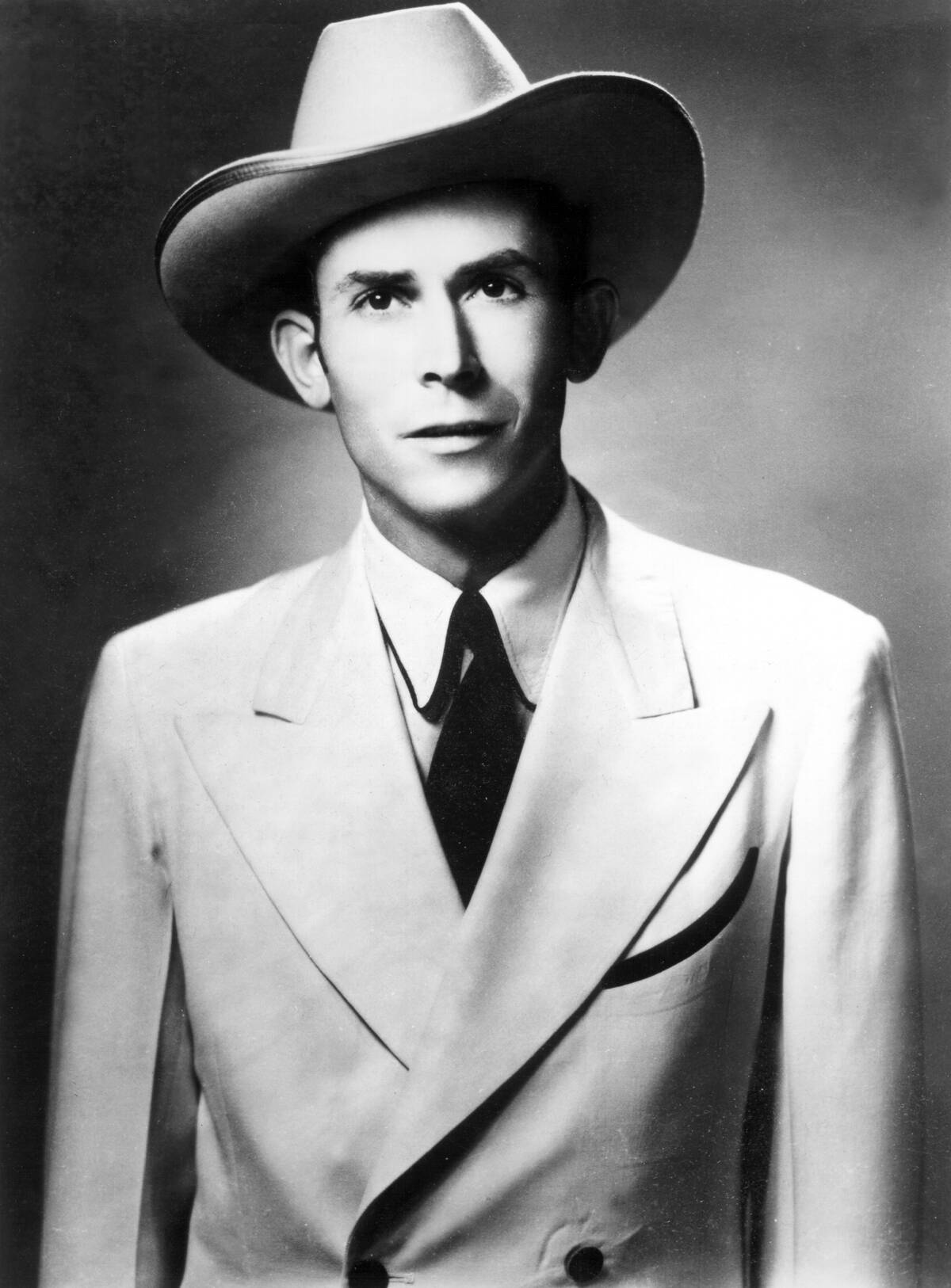
Born on September 17, 1923, in Mount Olive, Alabama, Hiram King Williams was destined for greatness. Despite facing poverty, severe health issues, and a turbulent childhood, Hank’s early life was marked by a deep passion for music.
His upbringing in the rural South would heavily influence his songwriting, infusing his music with authenticity and emotion that would later captivate audiences.
Discovering Music: Hank’s First Guitar
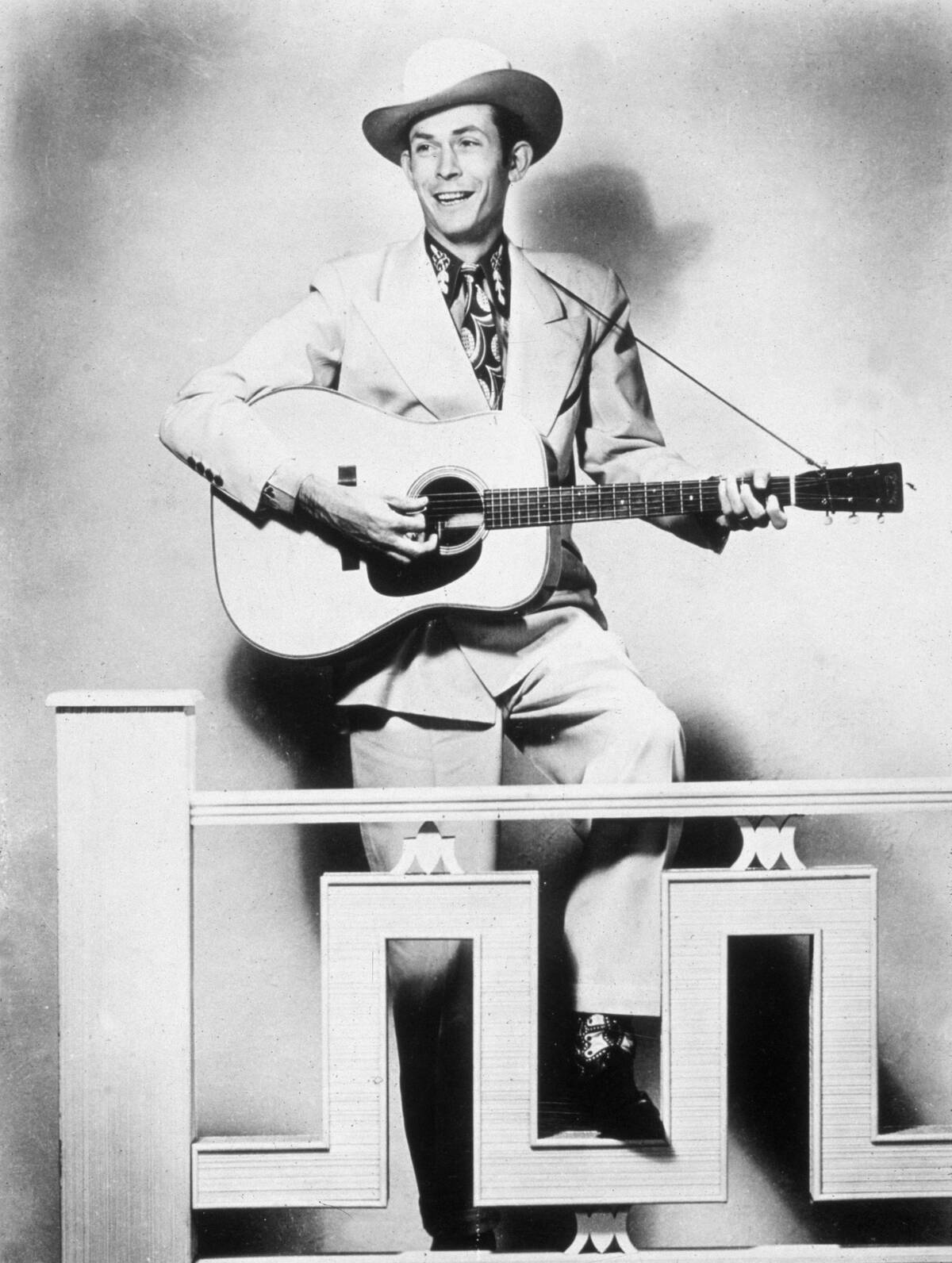
Hank received his first guitar at the age of eight, a gift that would ignite a lifelong love affair with music.
Taught by a local African-American blues musician named Rufus “Tee Tot” Payne, Hank learned to blend country and blues, creating a unique sound that would become his signature. This early musical education laid the foundation for his future success.
The Influence of Rural Alabama
![[redacted]](https://media.tellmebest.com/wp-content/uploads/2024/05/hank-williams-54779.jpeg)
The landscapes of rural Alabama, with its rolling hills and small towns, served as a backdrop for Hank’s formative years. The simplicity and struggles of Southern life were woven into his lyrics, giving voice to the common man’s joys and sorrows.
This connection to his roots would become a hallmark of Hank’s music, earning him a place in the hearts of many.
A Teenage Sensation: Hank’s Early Performances
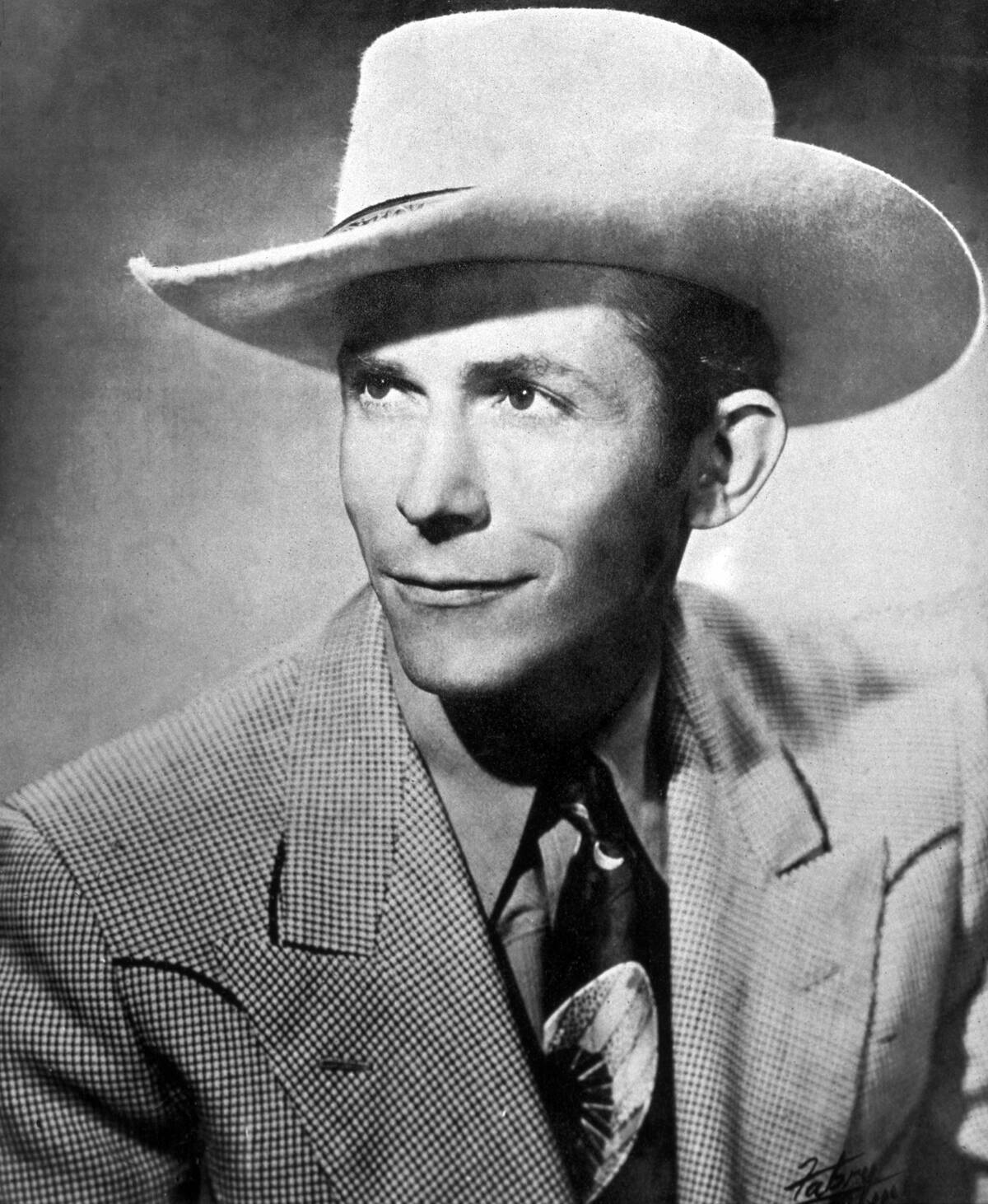
By his teenage years, Hank was already a local sensation, performing on the streets and at small venues throughout Alabama. His charismatic stage presence and raw talent quickly garnered attention, leading to opportunities on local radio stations.
These early performances were pivotal, setting the stage for his eventual rise to fame in the world of country music.
The Birth of the Drifting Cowboys
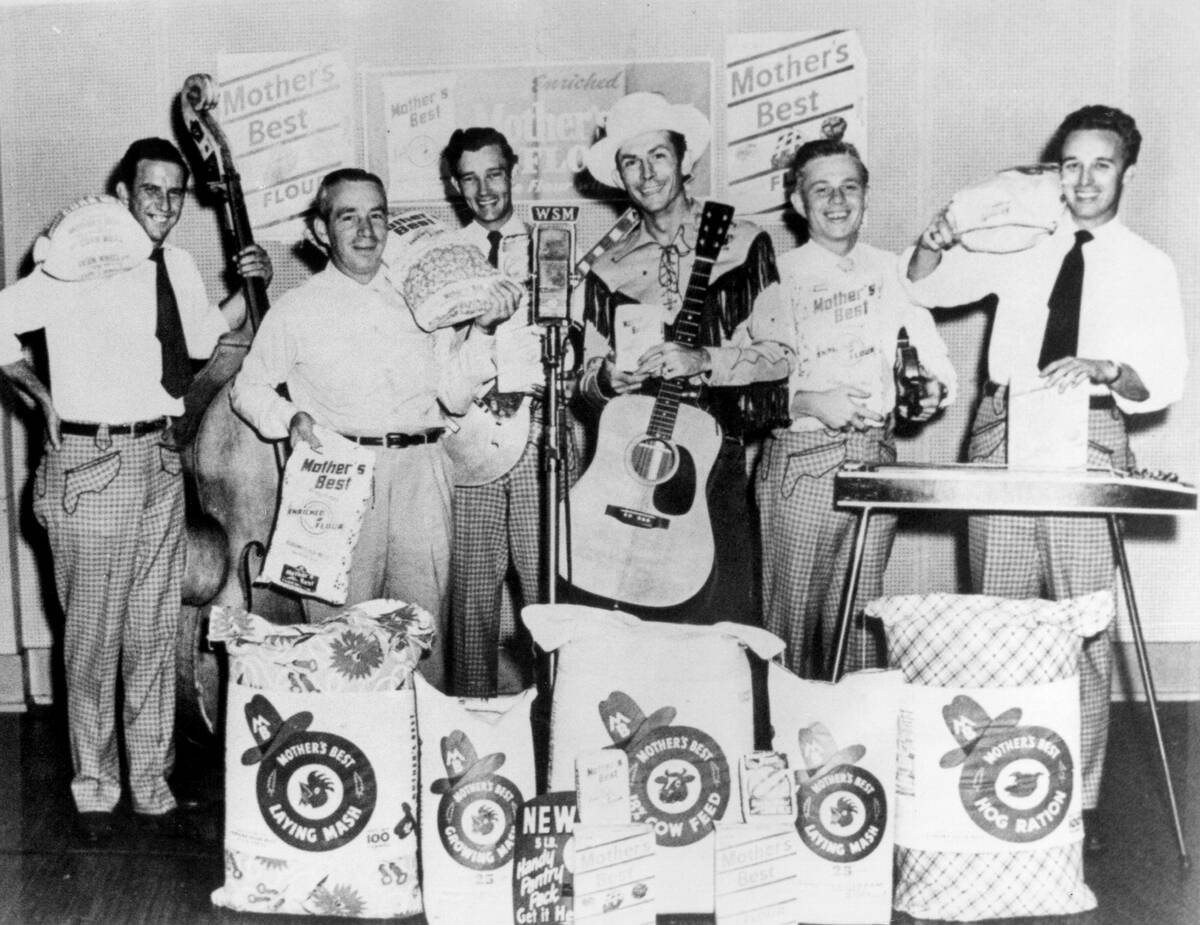
In 1937, Hank formed his band, the Drifting Cowboys, a group that would accompany him throughout his career. With the Drifting Cowboys, Hank honed his craft, playing a mix of honky-tonk and traditional country music.
The band became a staple in the Southeast, touring extensively and building a loyal fan base that would follow Hank until the end.
Hank’s Breakthrough: Signing with MGM Records

Hank’s big break came in 1947 when he signed with MGM Records, a milestone that marked the beginning of his national success.
His first hit with MGM, “Move It On Over,” climbed the charts and showcased Hank’s distinctive style. This partnership with MGM proved to be a fruitful one, cementing Hank’s place in the annals of country music history.
Chart-Topping Hits: Songs That Defined an Era
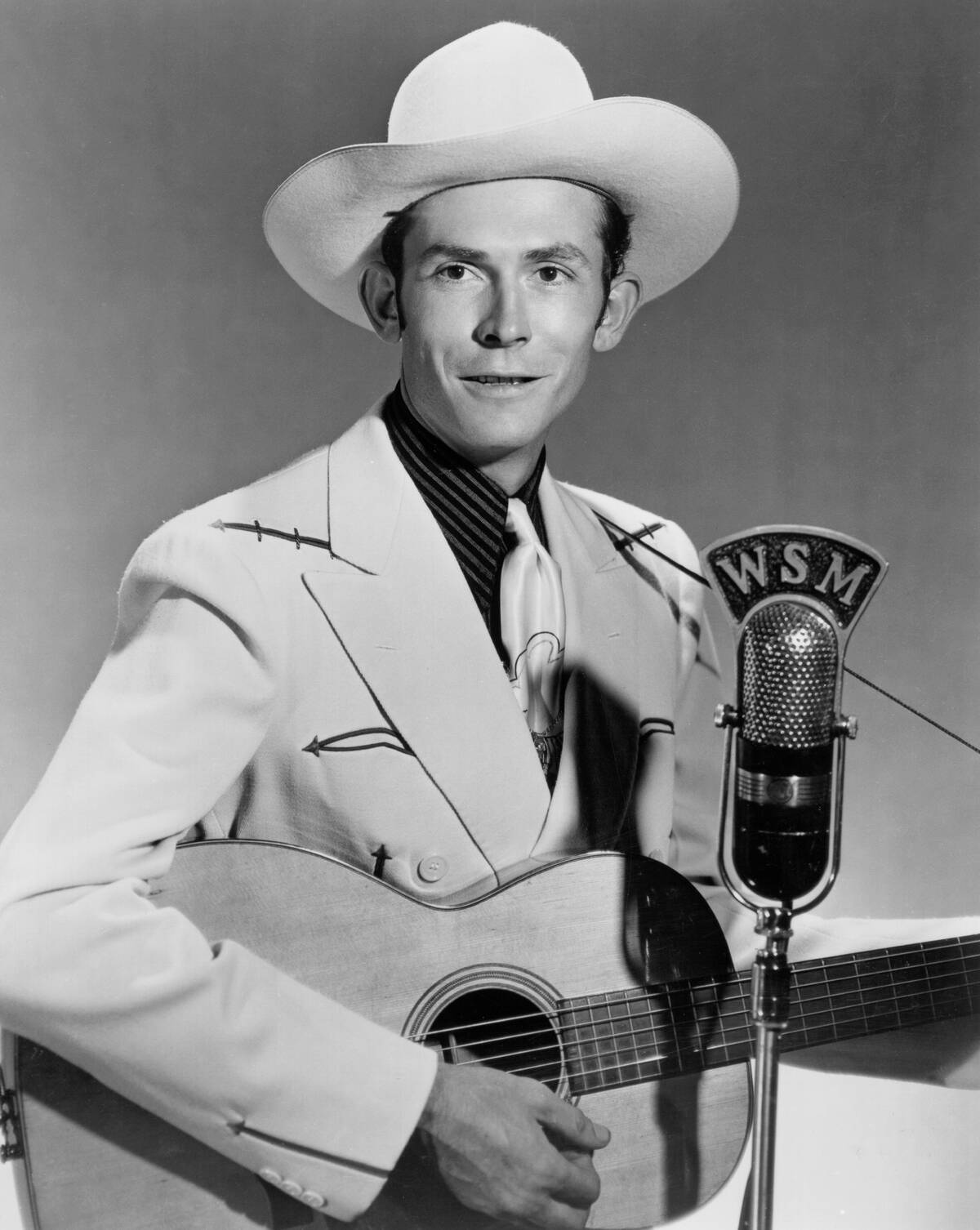
Hank Williams’ ability to craft songs that resonated with the masses led to an impressive string of hits.
Classics like “Your Cheatin’ Heart,” “Hey, Good Lookin’,” and “Cold, Cold Heart” not only dominated the charts but also became anthems of a generation. These songs captured the complexities of love and life, solidifying Hank’s reputation as a master storyteller.
Personal Life: Love, Marriage, and Heartbreak
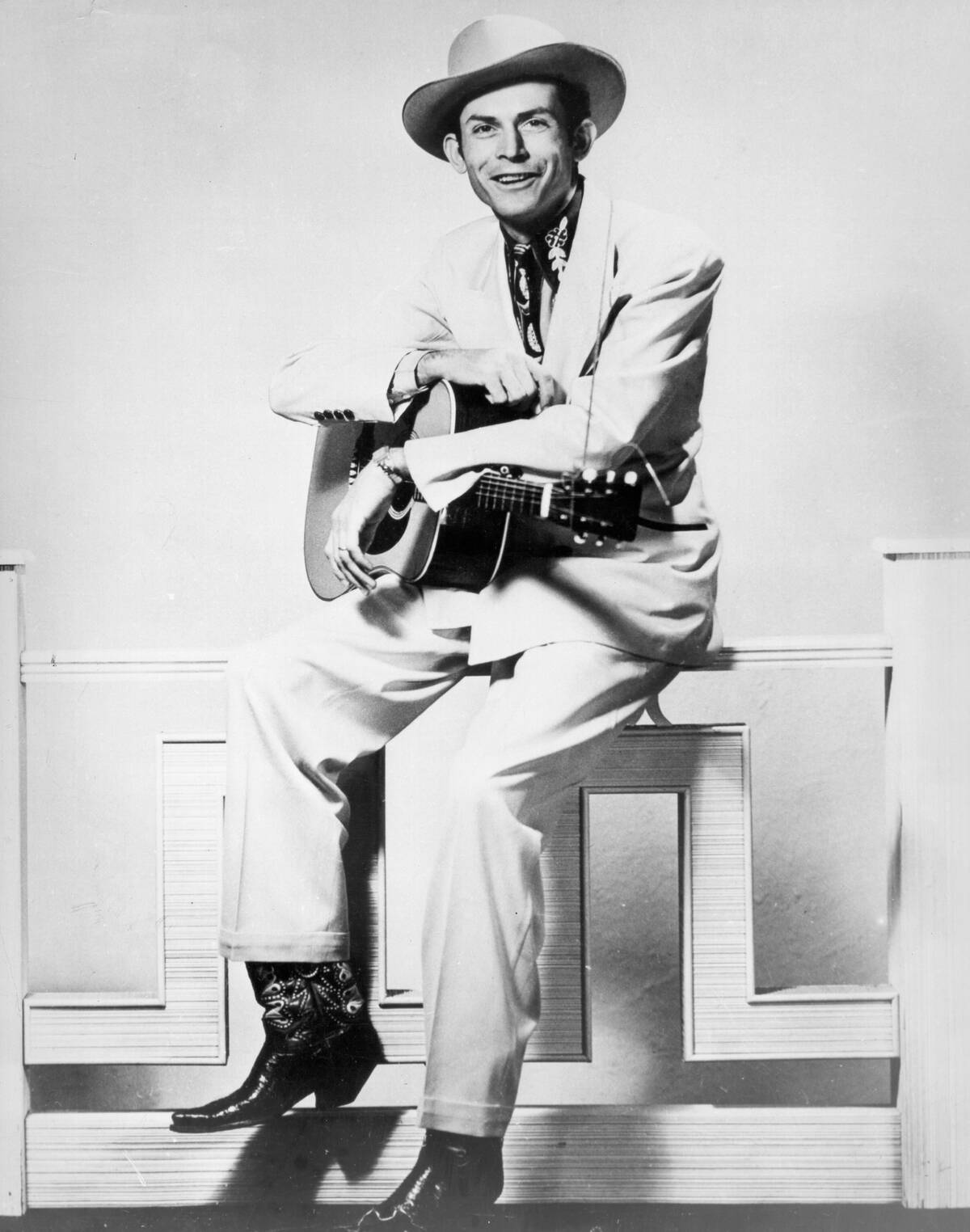
Hank’s personal life was as tumultuous as his career was successful. His marriage to Audrey Sheppard in 1944 was both a partnership and a source of tension, often reflected in his music.
Their rocky relationship, marked by infidelity and separation, provided fodder for some of Hank’s most poignant songs, illustrating the heartache that often accompanies great love.
The Struggles Behind the Fame: Health and Personal Challenges
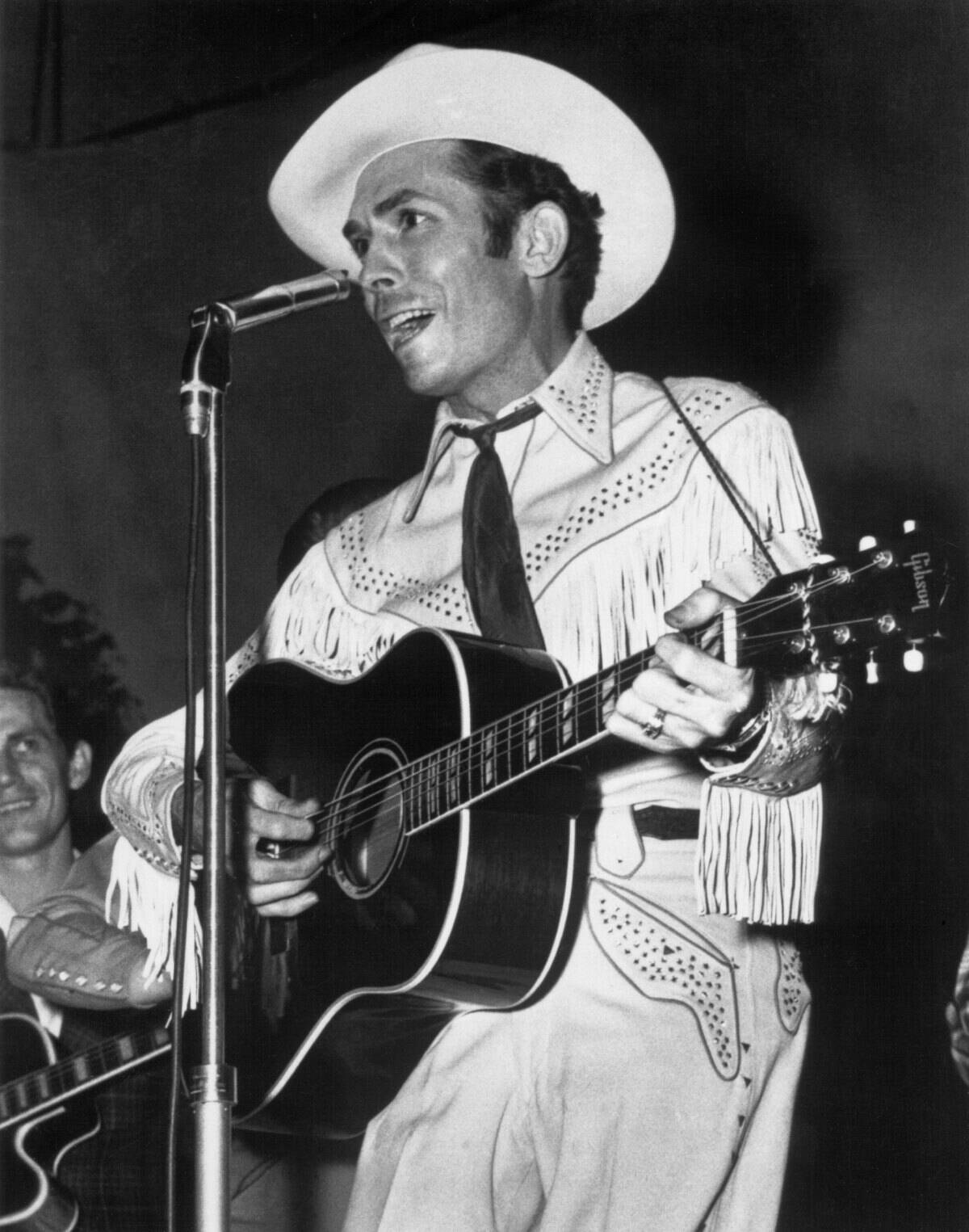
Despite his success, Hank’s life was plagued by personal demons and health issues. Suffering from spina bifida, he often turned to alcohol and painkillers for relief, which only exacerbated his problems.
These struggles took a toll on his career and personal life, leading to erratic behavior and strained relationships, ultimately contributing to his tragic downfall.
A Voice for the Ages: Hank’s Impact on Country Music
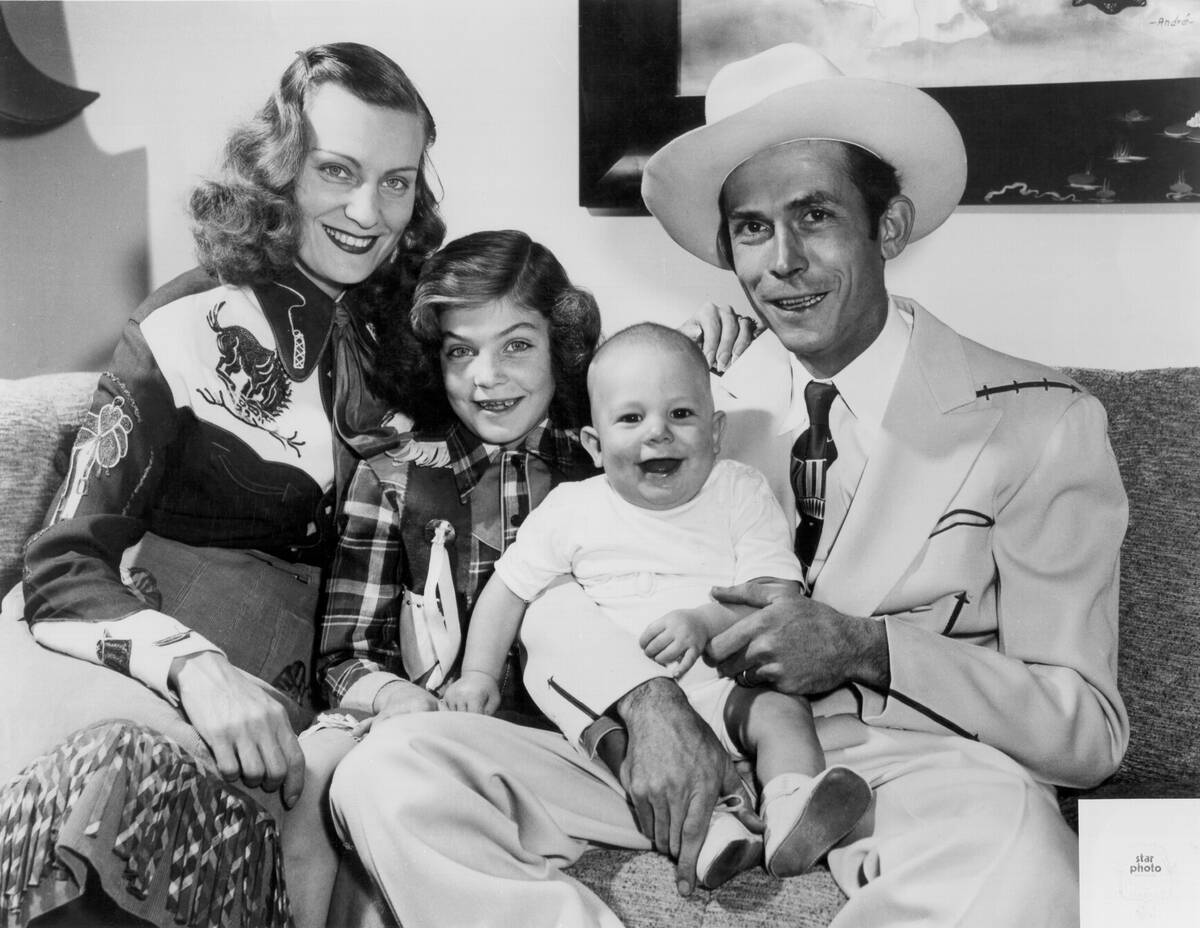
Hank Williams’ influence on country music is immeasurable, as his unique style and emotive storytelling paved the way for future artists.
His ability to convey deep emotion with simplicity and sincerity set a standard that many still strive to achieve. Artists across genres cite Hank as an inspiration, a testament to his enduring impact on the music world.
From Honky-Tonks to The Grand Ole Opry
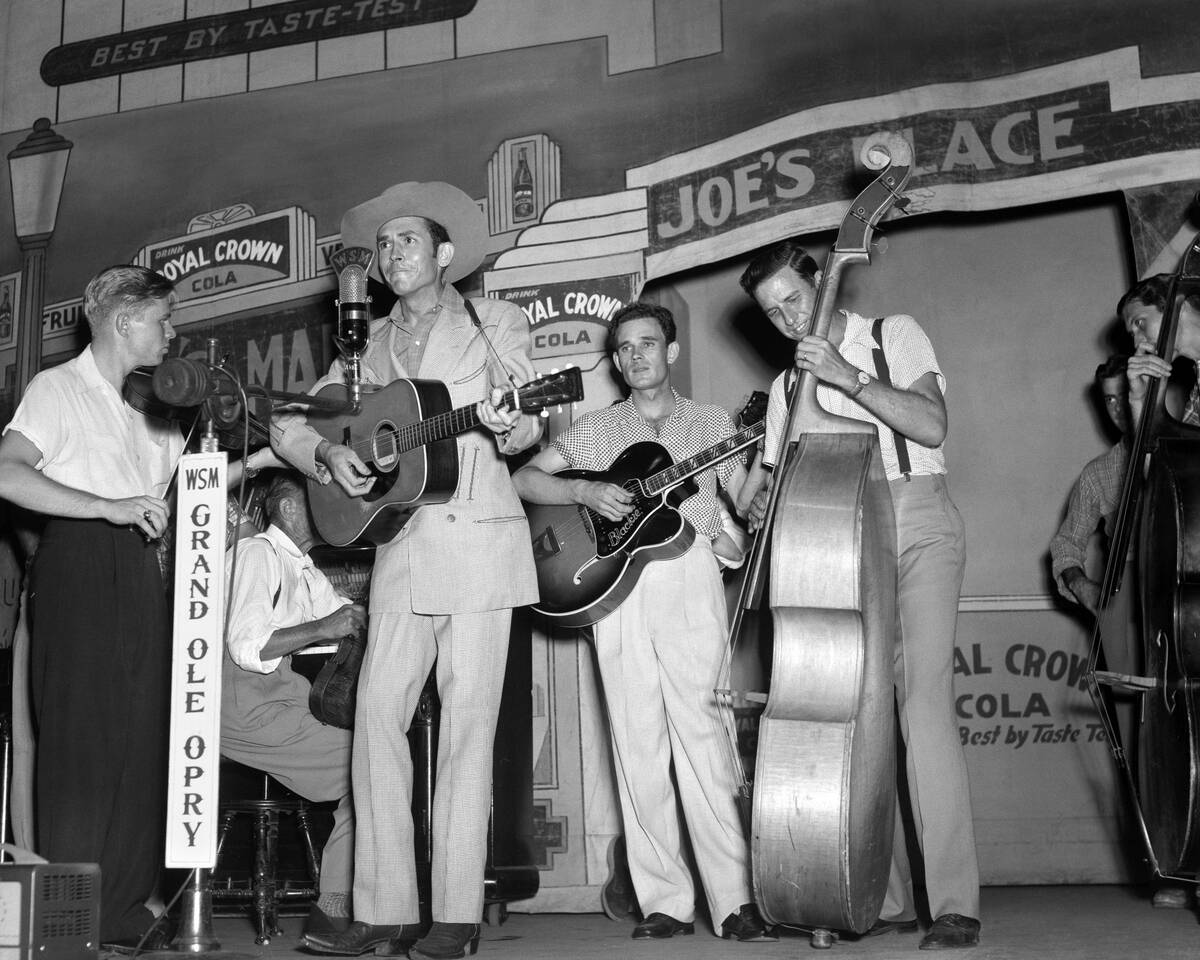
Hank’s journey from performing in honky-tonks to gracing the stage of the Grand Ole Opry is a testament to his talent and perseverance. His 1949 debut at the Opry was a defining moment, as he received an unprecedented six encores.
The Opry became a platform where Hank’s music reached a wider audience, solidifying his status as a country music legend.
Hank’s Songwriting Genius: Themes and Inspirations
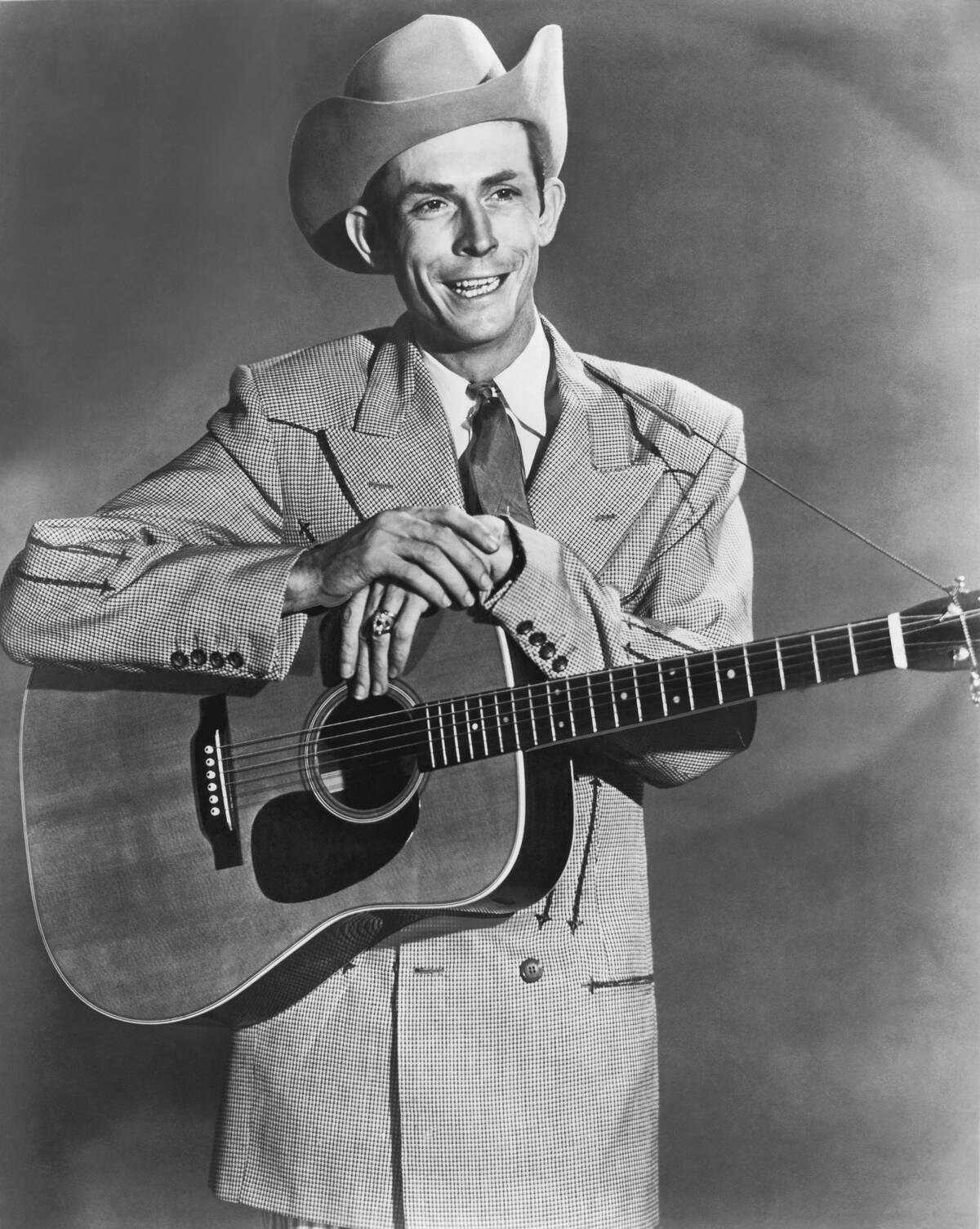
Hank had a knack for turning personal experiences into universal themes, exploring love, heartbreak, and the human condition. His songs often drew from his own life, reflecting the highs and lows he experienced.
This authenticity resonated with listeners, making his music timeless and relatable, ensuring that Hank’s songwriting genius would be celebrated for generations.
The Iconic “Lovesick Blues” Performance
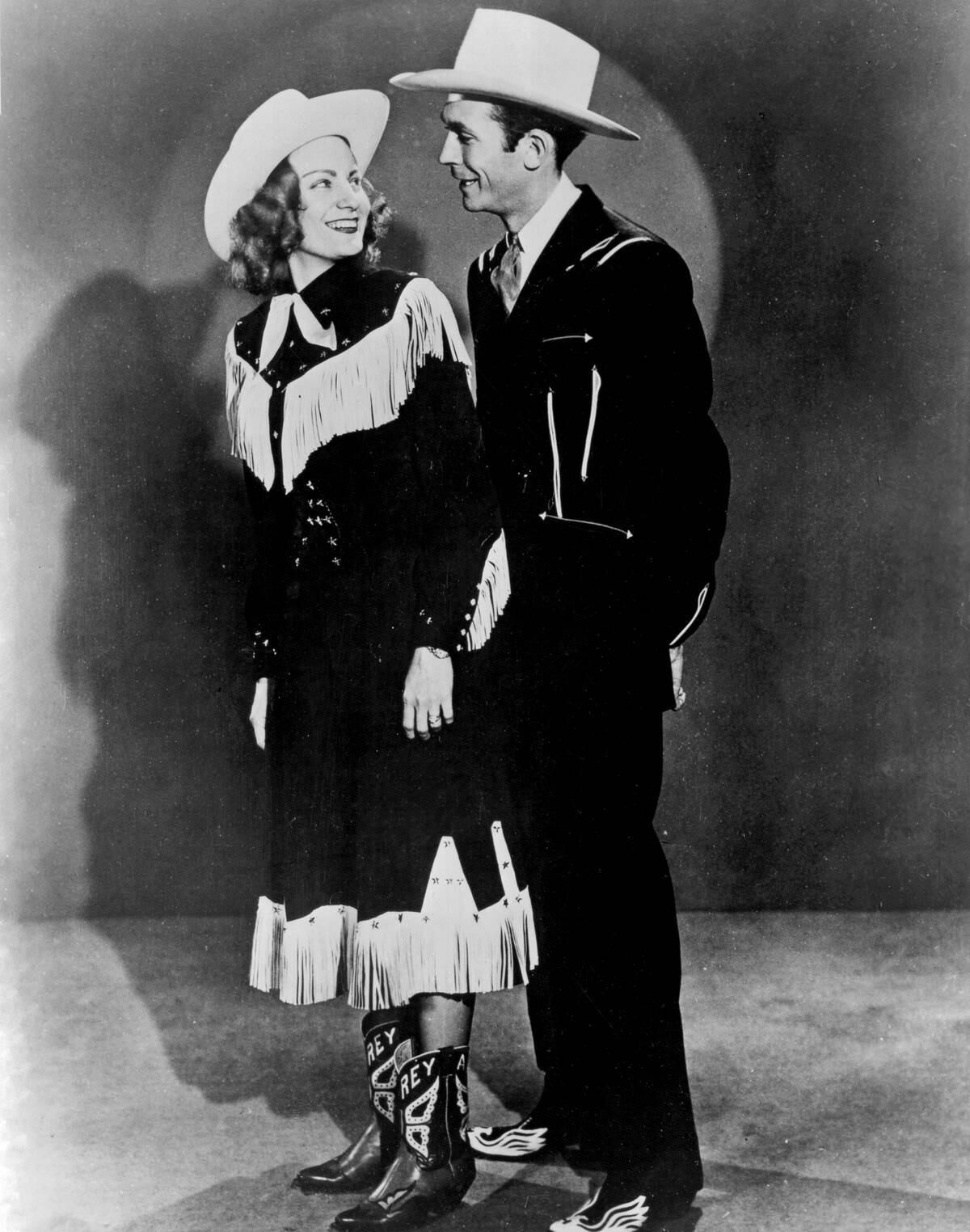
Hank’s performance of “Lovesick Blues” at the Grand Ole Opry is legendary, marking a high point in his career. The song’s success propelled Hank to stardom, showcasing his vocal prowess and ability to connect with audiences.
This performance is often credited with cementing his place in the pantheon of country music greats, a moment that fans still celebrate today.
A Tragic End: The Untimely Death of Hank Williams
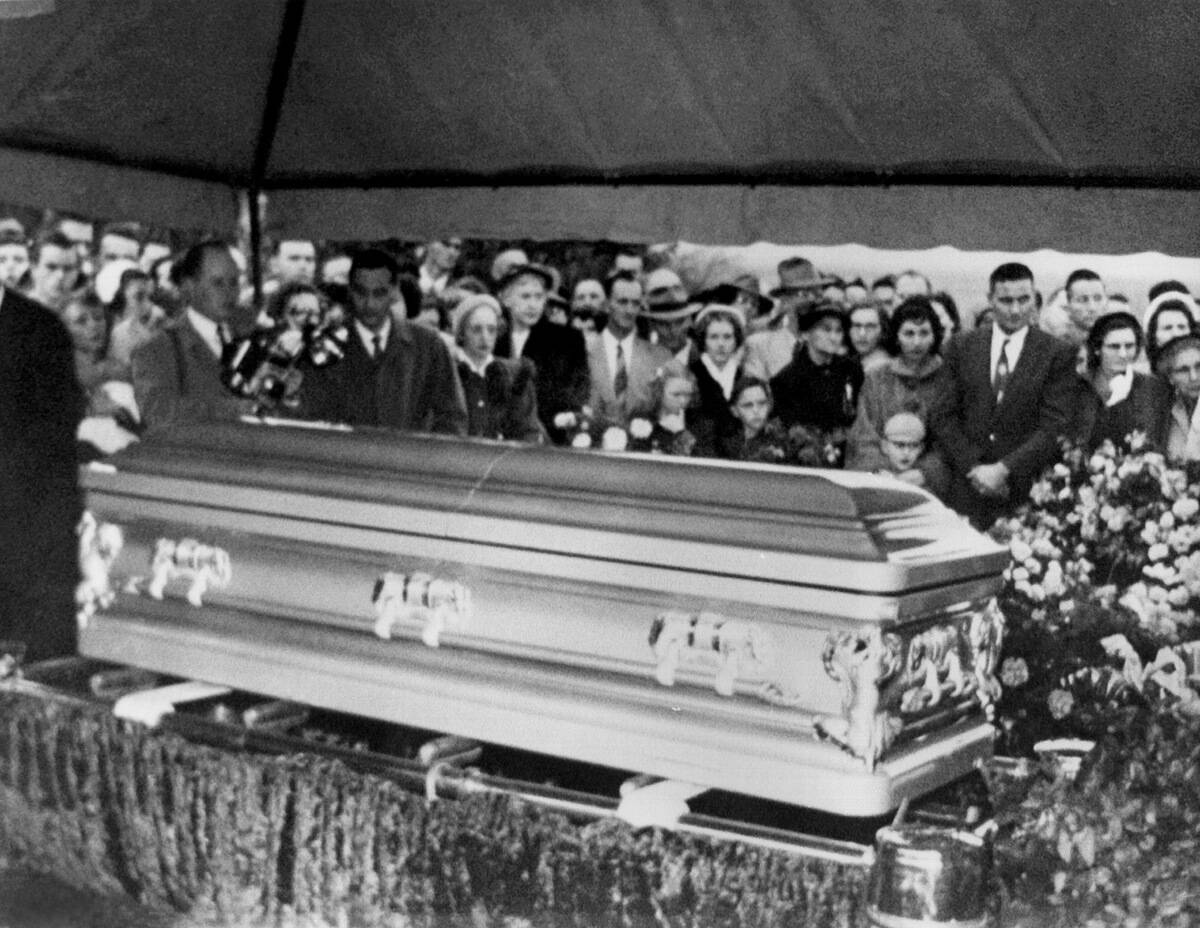
Hank Williams’ life was tragically cut short on January 1, 1953, when he died at the age of 29. The cause was heart failure, brought on by years of substance abuse and health issues.
His untimely death shocked the world, cutting short the life of a musician who had so much more to give. Yet, even in death, Hank’s legacy only grew stronger.
Posthumous Legacy: Hank’s Influence on Future Generations
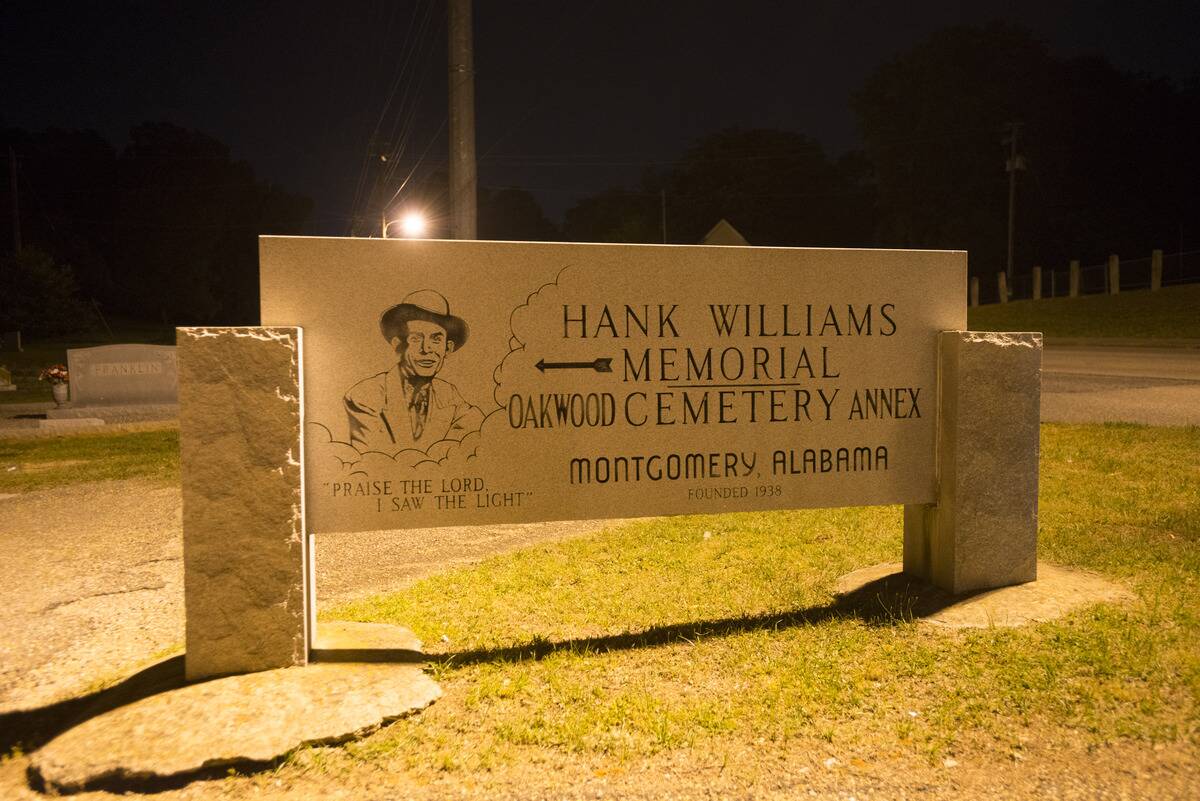
Hank Williams’ influence did not end with his passing; it only intensified. His music continued to inspire countless artists, from Johnny Cash to Bob Dylan, who saw in Hank’s work a blueprint for authentic storytelling.
The timeless quality of Hank’s songs ensures that new generations of musicians and fans alike discover and appreciate his contributions to music.
Celebrating Hank: Tributes and Memorials
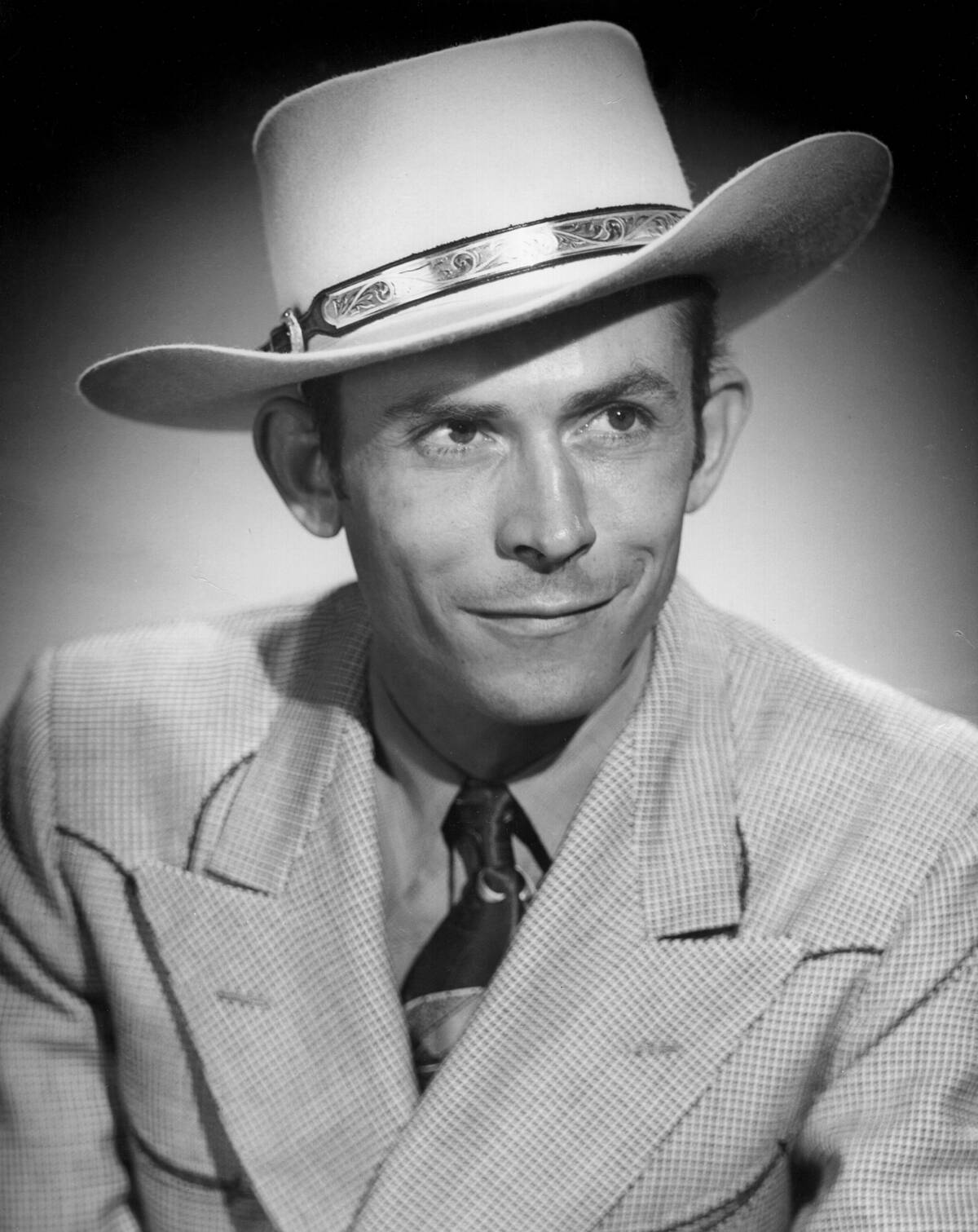
In the years following his death, numerous tributes and memorials have been dedicated to Hank Williams. Statues, museums, and annual music festivals celebrate his life and work, keeping his memory alive.
These tributes serve as a reminder of Hank’s enduring impact on the music industry and the hearts of those who continue to be moved by his songs.
Hank Williams in Pop Culture: Movies, Books, and Beyond
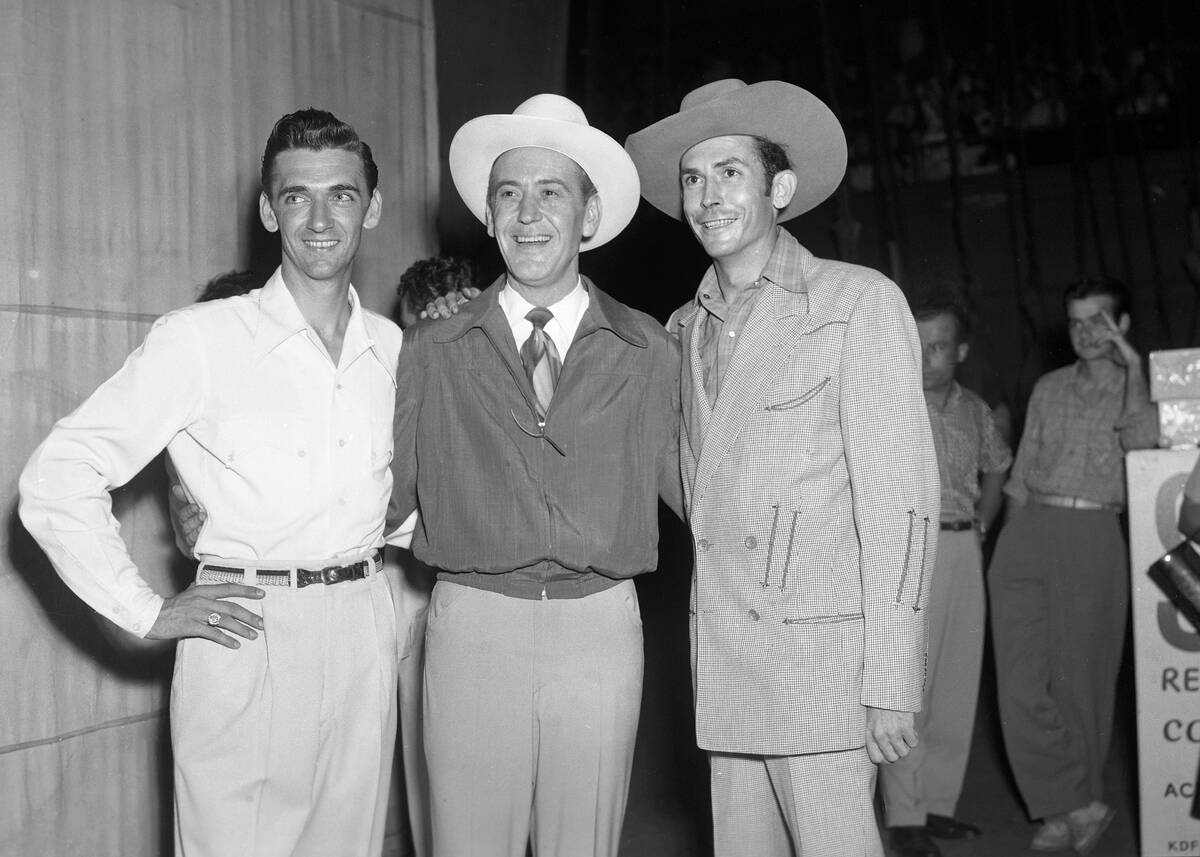
Hank Williams’ life and music have made their way into various facets of pop culture, from films like “I Saw the Light” to biographies and documentaries.
His story has been told and retold, each time highlighting the complexities of his character and the brilliance of his music. Hank’s presence in pop culture underscores the timeless appeal of his artistry.



